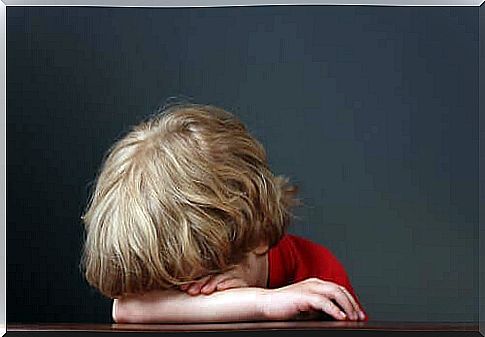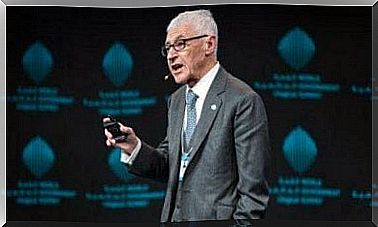Emotional Well-being In Education Policy

Emotional well-being in educational policy and practice aims to teach children and young people to deal with their emotions on a daily basis. Even though you may not know it, more and more children are being diagnosed with all kinds of emotional disorders. Interestingly, about 15% of these cases have something to do with anxiety.
Thus, the panicked pace of life, academic demands, parental stress and genetic vulnerability to emotional disorders are some of the factors that can cause children to develop a psychological disorder. From this perspective, there are many treatments that aim to give them a solution.
It was common to have some kind of cognitive behavioral therapy for a particular pathology. For example, when it came to childhood depression, psychology had the PEAC Méndez program or Stark ACTION, among the most relevant.
At the moment, there is much more interest in dealing with multiple psychological disorders in a cross-cutting way. This is due to the fact that many of these have a common core. In this context, for the adult population, let’s mention Norton’s transdiagnostic cognitive behavioral therapy or Barlow’s United Protocol.
In both programs, the goal is to find factors that are common to various emotional pathologies (anxiety, depression, somatotrophic disorders, etc.) so that the patient can discuss them with their therapist, who will use the most effective techniques and strategies.
The good news is that this practice currently extends to child psychology and they are testing programs such as emotional well-being in education policy and practice.
Characteristics of emotional well-being in educational policy and practice

Jill Ehrenreich, a psychologist at the University of Miami and director of the Child and Adolescent Mood and Anxiety Treatment Program , successfully developed and tested an innovative wellness program to treat emotional problems in children: the United Protocol for the Transdiagnostic Treatment of Emotional Disorders in Children and Adolescents.
Part of the starting point here is that the boundary that separates the various disorders that plague children is very thin. As in adults, anxiety and depression are often comorbid disorders.
According to a study published online in the journal Cognitive and Behavioral Practice , the severity of anxiety and depression decreased significantly among children who received this type of therapy.
The main goal of this intervention is to identify the weaknesses of each patient, as well as to prepare a plan so that these do not constitute an insurmountable obstacle to solving problems. Therefore, the new treatment program is primarily about cognitive techniques, but also includes effective behavioral strategies.
The columns are:
- Emotion training. Learning to identify them and recognize the role they play.
- How to deal with emotions. Teach students the relationship between thoughts, feelings, and behaviors. Explain how intervention in one of the three plans affects the others.
- Problem-solving skills. Here they use the problem-solving techniques D’Zurilla and Goldfried on young children.
- Strategies for evaluating situations. This is about knowing how to identify whether a situation is aversive, neutral or positive.
- Parental education. Sometimes children’s problems are due to their parents’ attitudes, especially when there is negative reinforcement. Thus, the leading role of parents is crucial in controlling this variable.
- Behavioral activation. This is a classic strategy used in the treatment of depression. Thus, the goal here is to increase a person’s positive reinforcements in the environment.
Study development

The researchers recruited 22 children between the ages of 7 and 12 to participate in the study. Each child had a primary diagnosis of anxiety disorder and a secondary depression problem.
Once a week, the study participants participated in the group therapy for emotional well-being for a total of 15 weeks. The results indicate that 14 of the 18 children who completed the program no longer met the criteria for anxiety disorder. In addition, only 1 of the 5 children who had a depressive disorder before treatment met the criteria under the program.
One of the most surprising findings was the improvement of comorbid depression and anxiety. Depression usually slows down the treatment or makes it difficult when it happens at the same time as any other psychological disorder. This is a transparent problem since most current therapies do not treat multiple emotional issues at once.
The researchers’ hypothesis, based on the results of Peter Norton, stated that if they approached the main disorder from a broader perspective, including proper strategies for depression, the latter would also be better. The key, as Norton points out, is to find the root cause that underlies all the problems, as well as to get away from “artificial distinctions”.









